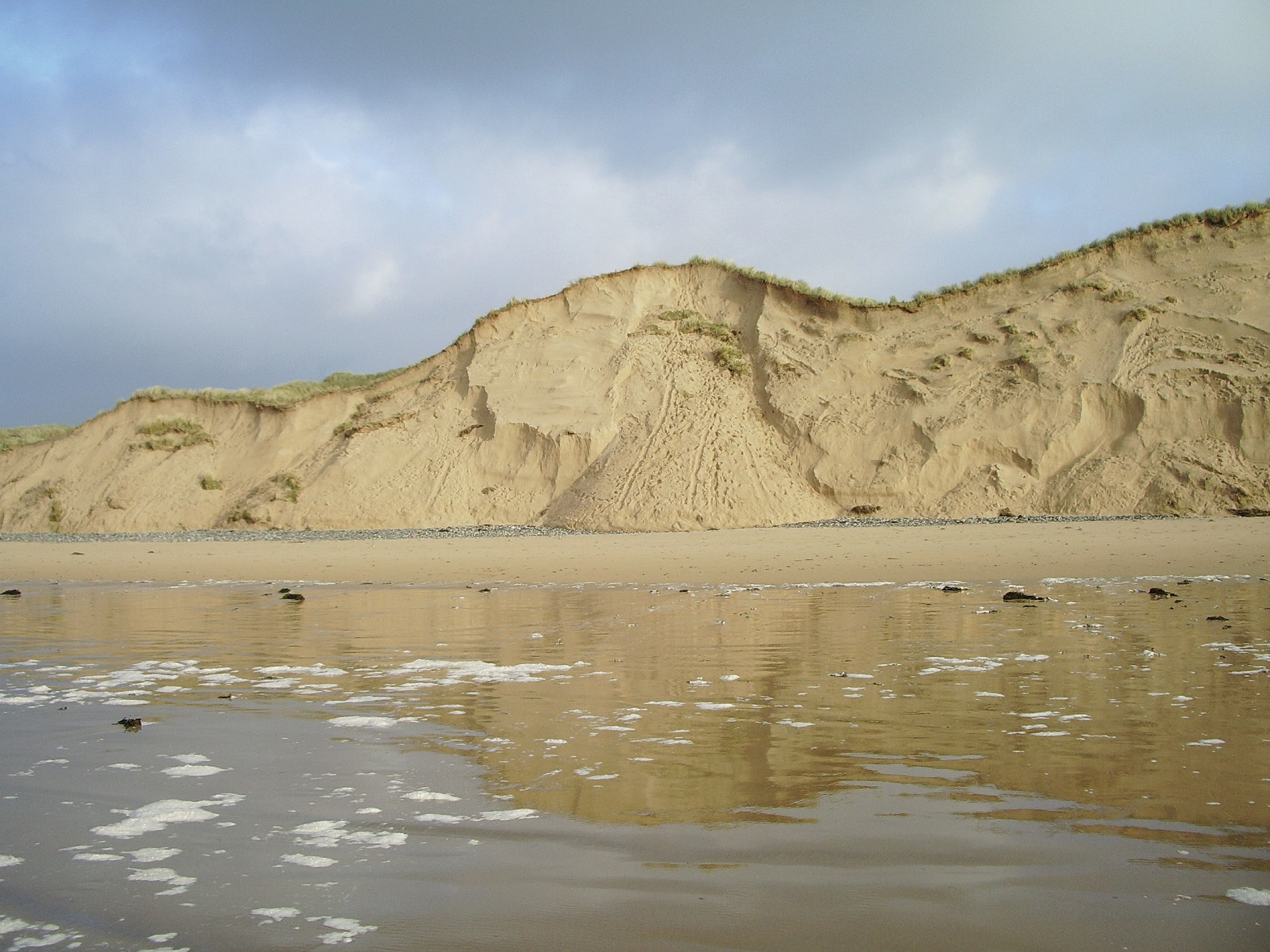
Coasts are dynamic systems. Coastal geomorphology is produced by the processes of sediment supply, transport and deposition, and how these processes work with the surrounding topography and current sea level. Although erosion is a vital component of coastal ecosystems, humans often view it as a problem. This makes it difficult to work with natural processes.
The term ‘coastal protection’ sounds positive — after all, the opposite is coastal destruction. To some people it means protecting coastal infrastructure and property from flooding and erosion, while to others, it means protecting the coastal ecosystem. These two visions are often incompatible as the first usually requires engineering works and the second demands no human intervention.
Your organisation does not have access to this article.
Sign up today to give your students the edge they need to achieve their best grades with subject expertise
Subscribe




